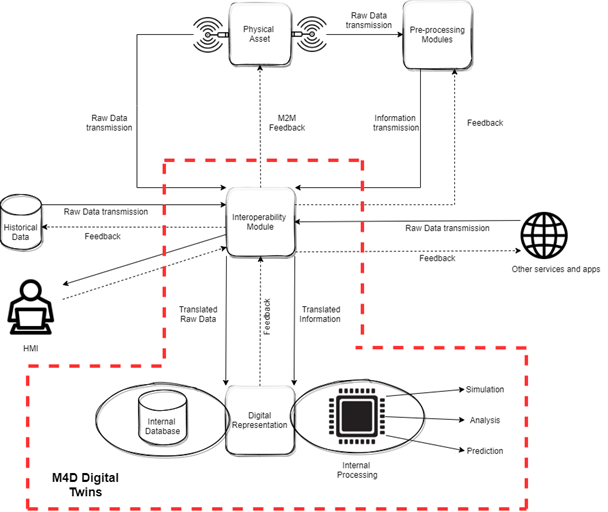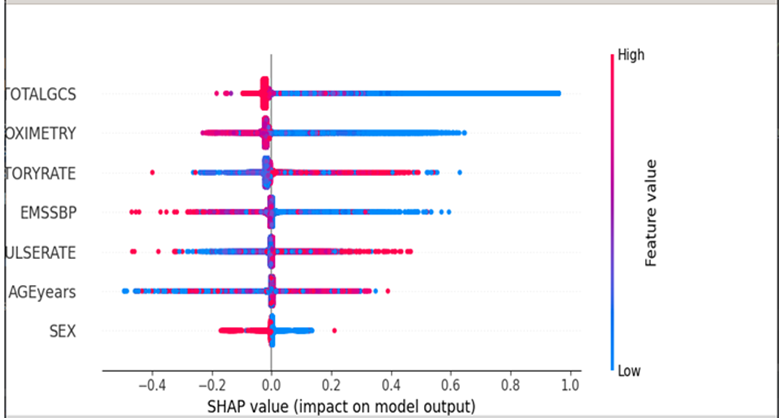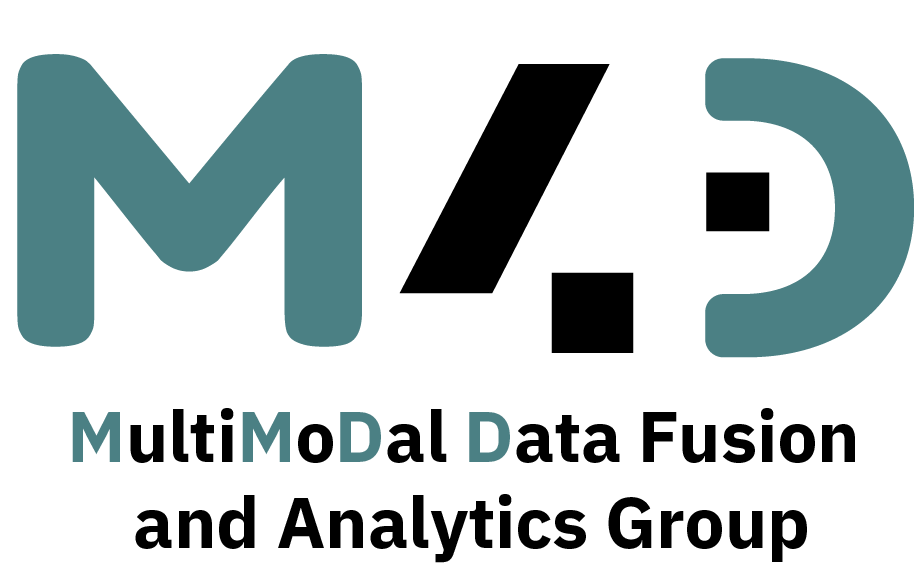A virtual construct known as a “Digital Twin” simulates a physical counterpart, integrates various data inputs for the purposes of handling, storing, and processing data, and offers an automatic, bi-directional data linkage between the virtual and physical worlds. To display any change in the physical object’s status, synchronization is essential for a Digital Twin. In addition, such models should also provide interoperability with other systems, adherence to data governance regulations and must ensure the accuracy and completeness of the replicated model in order to keep it up to date over time. Some trends of the research domain indicatively involves the use of digital twins in manufacturing, healthcare, and transportation while with other technologies, such as the internet of things (IoT) and artificial intelligence (AI), the target is to provide enhanced capabilities and insights, to support remote commanding and decision-making processes. For the aforementioned objectives, M4D develops different types of digital twins that can provide solutions in different type of challenges in various fields:
- Improving the efficiency and effectiveness of manufacturing processes by simulating and optimizing production environments.
- Enhancing the design and development of new products by simulating and testing different design scenarios.
- Optimizing the performance and maintenance of complex systems, such as transportation networks.
- Supporting remote collaboration and decision-making by providing a shared digital representation of a physical environment.
- Improving the delivery of healthcare services by simulating and analyzing different treatment scenarios.




